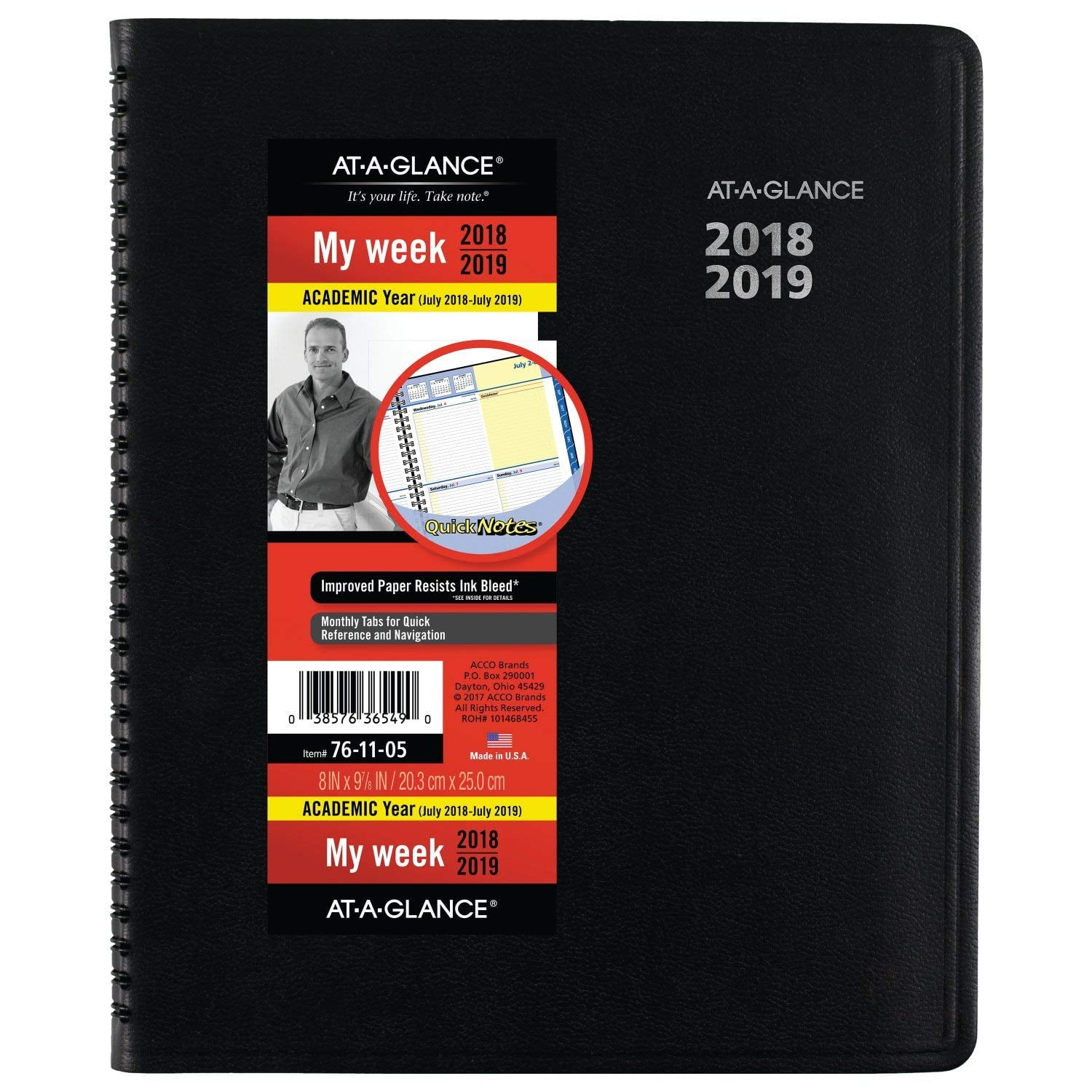

When preparing your slideshow, use as little text as possible. Use a visual aidĪlong with triggering your memory, a visual aid can make your presentation more interesting. Having time to prepare for your presentation can help you feel calmer and more confident. This gives you time to set up your devices and displays and get familiar with the setting. Try to arrive at your meeting room 15 minutes early. Likewise, when meeting with coworkers, think of your presentation as a way to pass on important information. Try to figure out ways to feel excited about meeting with your colleagues or clients.įor instance, when presenting a project to a client, think of it as a chance to impress them. Rather than feeling apprehensive about your presentation, reframe it as an exciting opportunity. During your presentation, make an effort to look engaged in what you’re saying. You could even record yourself and watch the footage afterward. When practicing your presentation, watch yourself in the mirror to observe your gestures and other nonverbal cues.
#At a glance quick notes how to
Related: How To Memorize a Speech in 5 Steps (Plus Tips) 4. That's why having a general idea of what you're going to say may be more forgiving. Sometimes, memorizing your script verbatim can make it challenging to get back on topic if you forget a line. This strategy can help you develop a more natural flow of speaking. Rather than remembering every single line or a script, however, try to give your presentation using a loose outline. While you can choose to have cue cards available, try to memorize your presentation. Try to incorporate some of their effective speaking strategies into your own presentation. Take note of what these speakers do well and what you think they could improve. Take time to either attend a presentation in person or watch videos online. While practice can certainly help you be a more effective speaker, you can also learn from other speakers. Related: 6 Types of Workplace Presentations (With Tips) 2.

Do some background research to learn who might see your presentation and what questions or concerns they might have. You want to recognize and understand who your audience is before even beginning your planning process. For instance, if you are presenting an idea to your client, think about what aspects of the project will matter to them. When creating your presentation, determine what information is most useful for your audience. Use these tips to improve your presentation skills: 1.

Related: How To Start a Presentation: Steps for a Winning Presentation Improving your presentation skills Memorize key talking points without the need for a line-by-line script Interact with audience members throughout their presentationĭeliver their presentation in a natural, authentic way Prepare engaging visuals such as slides, videos and graphicsĬonnect with their audience through effective storytelling Write an organized speech centered around a core subject Research background information for their topic Those with strong presentation skills often: Presentation skills allow you to convey information to an audience. In this article, we’ll share 30 tips to help you improve your public speaking and presentation skills and engage an audience. These soft skills can help you clearly and effectively convey your thoughts and ideas to an audience. Whether you’re presenting a new project to your team members or pitching an idea to a client, it is important to have strong presentation skills. A company's employees gather to listen to an announcement.Īt some point in your career, you'll likely need to speak in front of a group of people.


 0 kommentar(er)
0 kommentar(er)
